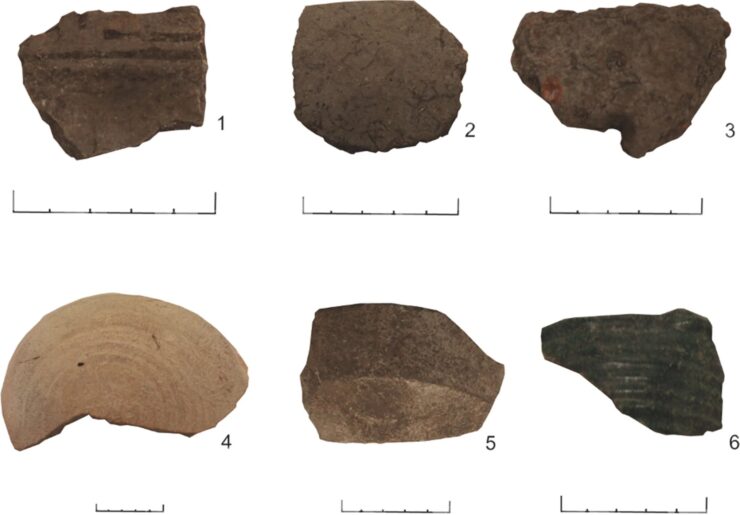Inside pottery artifacts retrieved from a small Caribbean island, scientists think they have discovered the oldest known evidence of wine consumption in the Americas. In the first research to apply molecular analysis techniques – Gas Chromatography and Mass Spectrometry – to explore 15th century ceramics from the Puerto Rico region, forty ceramic sherds were investigated.
The Isla de Mona island, which is sandwiched between the Dominican Republic and Puerto Rico, was the subject of the investigation. The research answers queries about nutritional changes and cultural interactions in the Greater Antilles before and after the arrival of the Europeans. It was published in Archaeological and Anthropological Sciences.
Sherds from a Spanish olive jar that might have been made between 1490 and 1520 AD were included in the research. The spherical shape of the jar indicates its antiquity and places it in line with the year 1494, when Christopher Columbus first recorded the island’s presence in his notebook.
The olive jar has signs of wine consumption residue inside and was utilized back then as a generic container for various kinds of food and liquid commodities being transported aboard Spanish ships.
Researchers said that: “Whether consumed by Europeans or members of the indigenous population, this is direct evidence for the importation and drinking of European wine to a tiny island in the Caribbean shortly after the arrival of Spanish colonialists.”
Despite their subjugation of the indigenous population, the earliest generations of Spanish immigrants introduced European wine consumption customs to the region while maintaining native customs of barbecuing.
According to the experts, barbeque cooking was widespread among the Taino people, who are native to this region of the Caribbean, and was later adapted by early settlers. Since there are no large animals on the Caribbean islands in this region, it is possible that the native people barbecued iguanas and a sizable rodent-like creature called a hutier.
The name “barbeque” has its roots in the Taino word “Barbacoa,” which was used by indigenous people in this region of the Caribbean to cook fish and meat on a raised grill using charcoal. The experts contend that hundreds of years ago, fusion food and drink was the result of the blending of two distinct culinary cultures.
Dr Briggs said that: “Two culinary worlds collided in the Caribbean over 500 years ago, driven by the early Spanish colonial impositions. We really didn’t know much about the culinary heritage of this area and the influence of early colonialists on food traditions, so uncovering the discoveries have been really exciting. The strong culinary traditions of the Taino people in creating the barbeque held firm despite Spanish colonialism, and influenced food right round the world. This continues today, as we are all familiar with a barbeque. I’m really pleased that this research shines a light on the cultural heritage of this community.”
Scientists from the British Museum excavated the region last year and discovered several fish and meat bones nearby, but importantly, none were discovered within cooking pots.
There was no proof that the Caribbean ceramics under analysis were used for dairy or animal items. Dairy products were formerly a common ingredient in European cookery, but it doesn’t seem that way on Isla de Mona, providing another proof that local culinary customs survived colonization and the use of imported ceramic utensils.
“This offers an interesting insight into culinary exchange on the island. It appears traditional foodways were maintained even after an influx of European colonists arrived on the island with their glazed ceramics and olive jars. The lack of evidence for dairy products in our samples further suggests that European colonialists quickly came to adopt and rely on indigenous culinary traditions.” said researchers.
This suggests that the indigenous people continued to prepare vegetable meals in the pottery pots and cook meats over charcoal on a high grill. This culinary legacy is very different from the stew and casserole preferences of modern Europe, where cooking utensils from that region frequently contain leftover meat.
